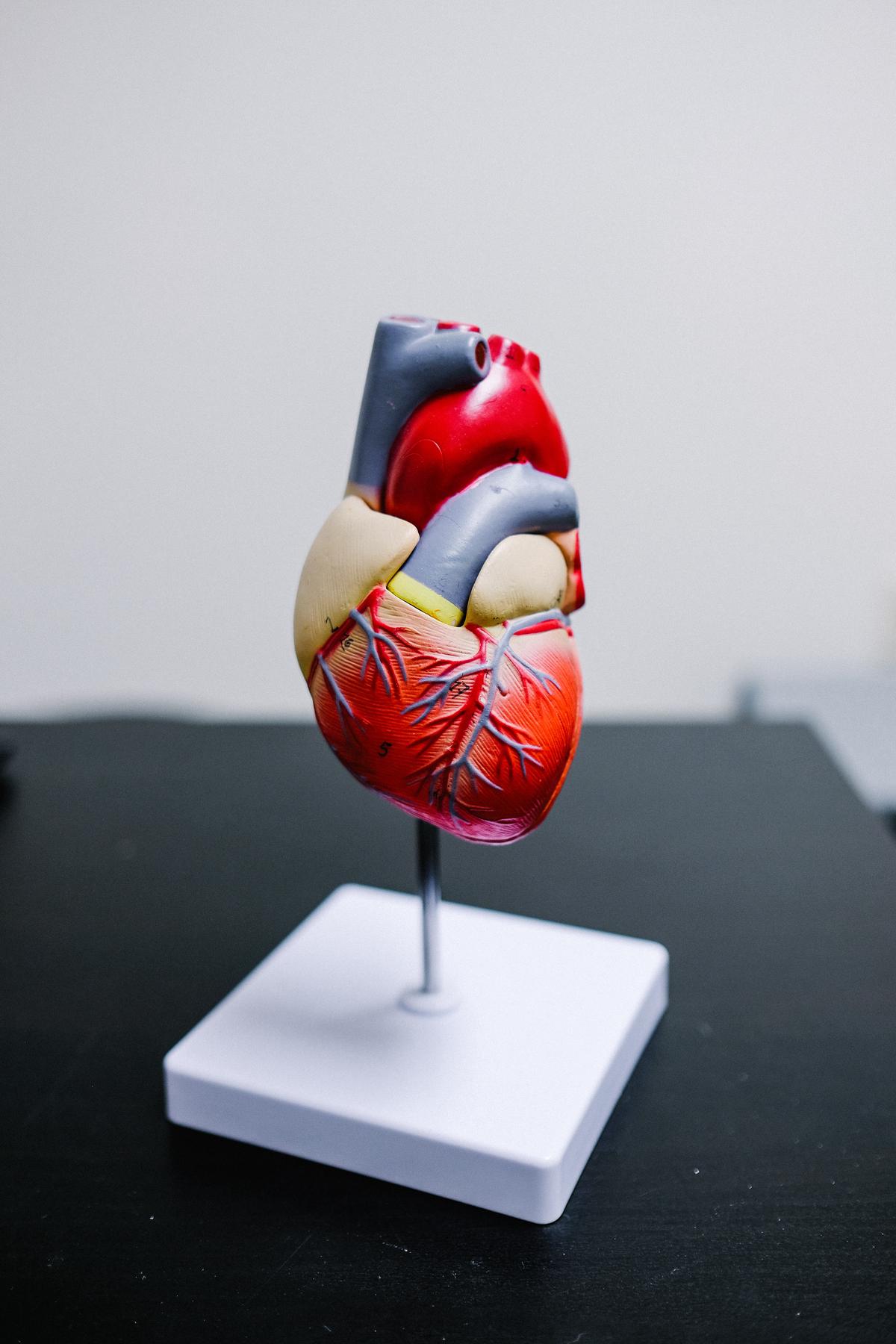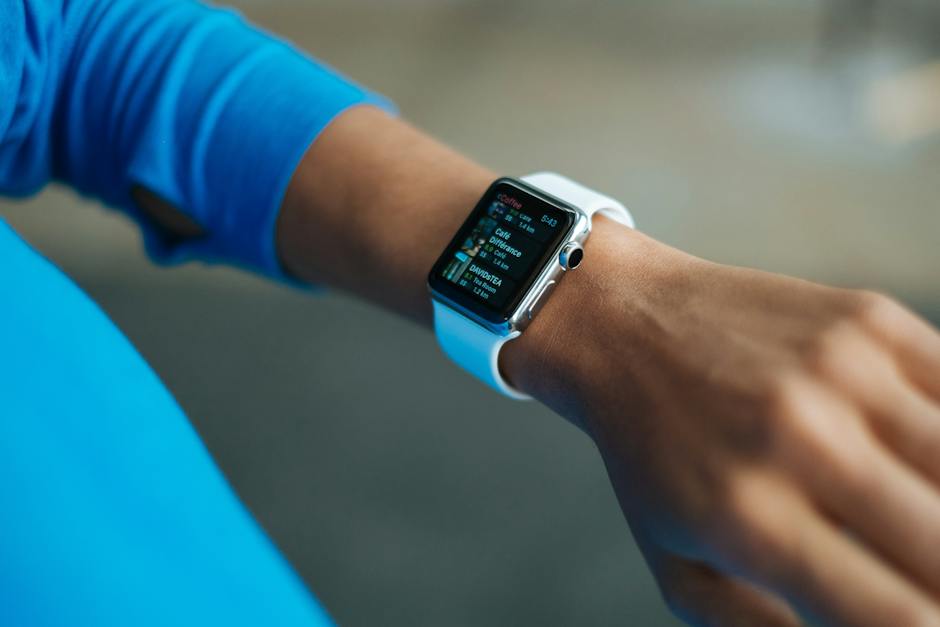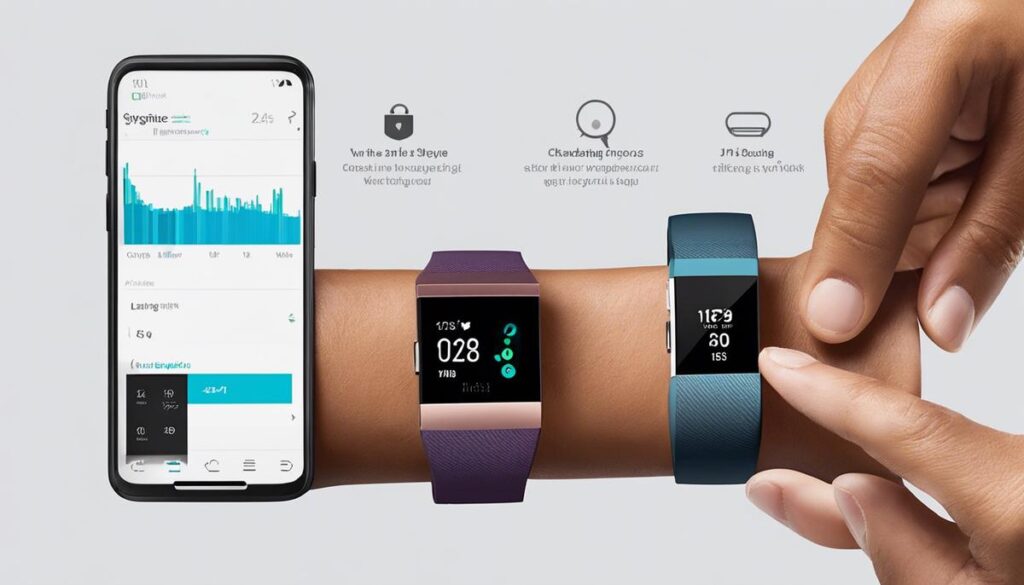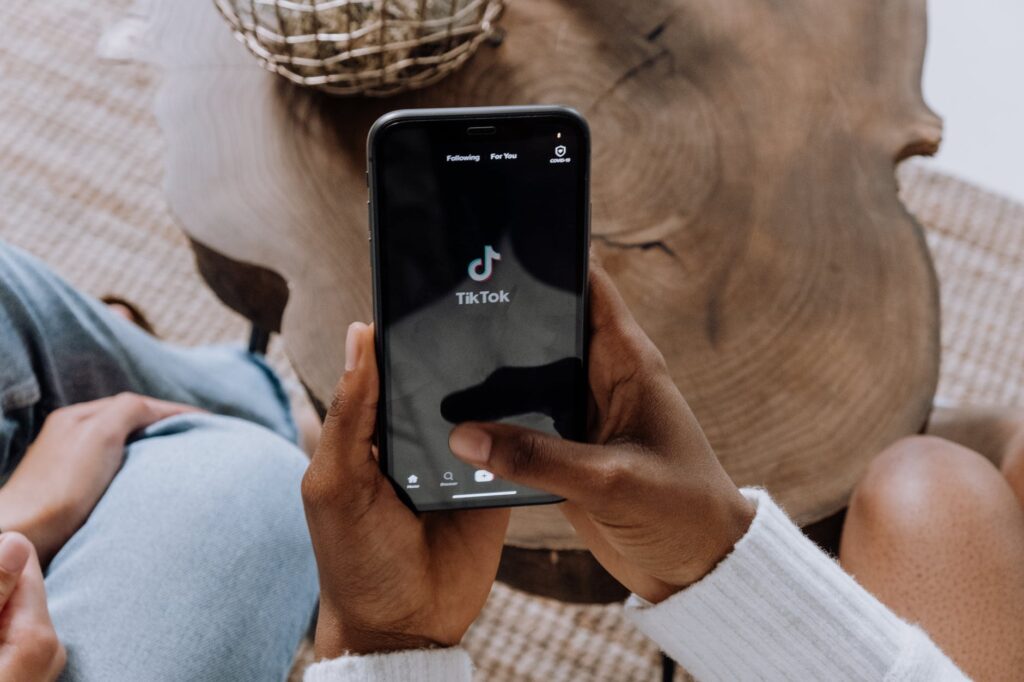Taking that pivotal step towards achieving your fitness goals is a commendable endeavor. As with any journey, having the right tools at your disposal is essential. The Fitbit Charge 2, packed with features that track your physical activity, sleep habits, and heart rate among others, is a popular choice. However, to get the most out of this innovative gadget, you must understand its nuts and bolts: its setup, the interpretation of its plethora of data, and how to troubleshoot when hurdles arise. Through this essay, we’ll navigate these avenues together, demystifying the process of mastering your new Fitbit Charge 2.
Setting Up the Fitbit Charge 2
Streamlining Your Health Journey: A Step-by-Step Guide to Setting up Your Fitbit Charge 2
Embarking on the journey towards a more active lifestyle? Leading the charge of health-conscious tech, the Fitbit Charge 2 provides a handy suite of tools to help track every heartbeat, step, and calorie. But before conquering any fitness goals, a proper configuration is key. Follow this step-by-step guide to unlock the potential of your new wearable tech accessory.
Step 1: Download the Fitbit App
Every eureka moment starts with the first step. For setting up Fitbit Charge 2, that initial leap is downloading the Fitbit App. Available on Google Play, Apple App store, and Windows Store, whichever your digital ecosystem, Fitbit has you covered.
Step 2: Create or Log in to Fitbit Account
Jumpstart your fitness journey with a Fitbit account. It helps profile your vital statistics for better analysis of your health trends. For those already existing members of the Fitbit community, simply log in to your account.
Step 3: Pair the Fitbit Charge 2 with Your Smartphone
Harness the true power of wearable tech through seamless smartphone integration. In the Fitbit App, go to Account icon in the top-left corner and tap “Set Up a Device”. Choose “Fitbit Charge 2” from the device list, then follow the instructions displayed on the screen to complete the pairing process.
Step 4: Connect the Fitbit Charge 2 to Wi-Fi
Tap into the power of the cloud. Connect your Fitbit Charge 2 with a Wi-Fi network to allow for updates and syncing. Under “Wi-Fi Settings” in the Fitbit App, choose a network and connect—ensuring that your data is always up to date.
Step 5: Personalize Your Settings
One size doesn’t fit all when it comes to technology. Tailor Fitbit Charge 2 to your specific needs by personalizing settings like alarms, dominant hand (for precise step count), clock faces, and notifications.
Step 6: Familiarize with Basic Functions
Round out this streamlined setup process by exploring the basic functions offered by the Fitbit Charge 2. From the heart rate monitor, steps counter, sleep tracker, and breathing sessions to the silent alarm and reminders to move—knowing the tools at your fingertips aids in taking control of your health.
Step 7: Charge Your Fitbit
Finally, charge your Fitbit Charge 2 using the included charger. It houses a battery that lasts up to 5 days, ensuring your fitness tracking doesn’t take a break even when you do. To check battery life, simply inspect the battery icon on your Fitbit device’s screen.
And with that, your Fitbit Charge 2 is ready to sally forth into your fitness journey. Now step up and let your Fitbit Charge 2 help achieve those health objectives. Enjoy the convenience of wearable tech!

Photo by neonbrand on Unsplash
Understanding Fitbit Charge 2 Features
Title: Exploring the Advanced Features of Fitbit Charge 2
Delving beyond basic setup and customization, the Fitbit Charge 2 offers a medley of features that efficiently cater to the tech-savvy tribe. This innovative piece of wearable technology is not just another fitness tracker but a complete lifestyle accessory that delivers more than mere step-counting or calorie-burning data.
Let’s pull back the veil on some standout features of Fitbit Charge 2 and demystify how they can be leveraged to their full potential.
1. PurePulse Heart Rate Monitor:
This hallmark feature provides continuous, automatic, wrist-based heart rate tracking, negating the need for any chest strap. Beyond tracking your heart rate during workouts, this data plays an integral part in accurately calculating calorie burn and assessing overall cardiovascular health.
2. Guided Breathing Sessions:
Based on your real-time heart rate, Fitbit Charge 2 offers personalized, guided breathing sessions. They are strategically designed to induce relaxation, diminish stress, and improve mental well-being over time. To access this feature, swipe the tracker’s display until “Relax” appears, and select a two-minute or five-minute session.
3. Multi-Sport Tracking:
Fitbit Charge 2 is equipped to recognize several workout types, including running, biking, weightlifting, yoga, and more. Selecting the appropriate exercise type allows more accurate data capture regarding calorie burn and duration. Tap the display to cycle through the exercise options, find the desired workout type, and press and hold the side button to start recording.
4. Fitness Level Analysis:
Competent in providing a snapshot of your fitness level, Fitbit Charge 2 combines heart rate data and exercise stats to generate your Cardio Fitness Score and Level. It’s a compelling tool for tracking your progress and setting realistic fitness goals. You can uncover this data in the Heart Rate section of the Fitbit application.
5. Sleep Tracking:
Fitbit’s Charge 2 monitors not just the duration but also the quality of your sleep, segregating it into light, deep, and REM stages. This data can guide improvements for your sleep hygiene. No manual input is necessary; simply wear the device to bed, and detailed insights will be available in the Sleep dashboard of the Fitbit app.
6. SmartTrack functionality:
This feature automatically recognizes and records selected exercises when you forget to manually track them. Go hiking, playing basketball, or doing high-intensity interval training—SmartTrack has your back. The recorded activity subsequently surfaces in the Fitbit app.
7. Call, Text and Calendar Alerts:
Staying informed and connected comes easy with the Charge 2 which provides seamless smartphone notifications on its OLED display. Just enable the notification features in the settings of the Fitbit app, and let the device’s gentle vibrations notify you of calls, texts, calendar events, and reminders to move if you’ve been inactive for too long.
Fitbit’s Charge 2 is thus an intelligent assemblage of health, fitness, and productivity tools. This meticulously engineered fitness band crafts a seamless bridge between the tech and wellness worlds, enabling its users to derive meaningful and actionable insights for a healthier lifestyle. Embrace Fitbit Charge 2 for a technologically enhanced life—healthy, fit, and well-connected.

Troubleshooting Common Problems with Fitbit Charge 2
Navigating Common Issues with a Fitbit Charge 2: A Problem Solving Guide
As technology evolves, our approach to health and wellness keeps pace, and devices like the Fitbit Charge 2 are at the front of this trend. However, like all tech pieces, they sometimes require troubleshooting to ensure optimal performance. Here’s straight-to-the-point information on how to tackle common setbacks of your Fitbit Charge 2.
- Syncing Issues:
- Inaccurate Heart Rate Measurement:
- Guided Breathing Session Not Working:
- Inaccurate Multi-Sport Tracking:
- Inaccurate Fitness Level Analysis:
- Sleep Tracker Issues:
- SmartTrack Not Recognizing Exercises:
- Alerts Not Coming Through:
Encountering difficulties while syncing your device could leave you frustrated. Start by checking if your phone and Fitbit app are updated to the latest versions. If the issue persists, try resetting Bluetooth or restarting the device. Sometimes, merely repositioning the tracker closer to the smartphone could solve the problem. Consider confirming if your device is compatible; Fitbit maintains a list of compatible devices on its official website.
Fortify the accuracy of the Heart Rate monitor by ensuring the device is snugly fitted – not too tight, not too loose. Thick-haired, tattooed, or oily skin may affect readings, including cold environments. If the heart rate monitoring appears to be off, try adjusting the tracker higher on your wrist for a better reading.
For the Guided Breathing feature, users need to remain fairly still for the device to obtain an accurate reading. Make sure to wear the device above your wrist bone. Ensure the device’s HR setting is on ‘Auto’ or ‘On.’
To maintain the accuracy of the Multi-Sport tracking feature, make sure the device is snugly fitted on your wrist and not bouncing around during the workout. The stride length in ‘Personal Info’ also needs to be manually adjusted for more accurate distance readings during specific sports activities where your arm doesn’t move, like cycling.
In order to make the most of the fitness level analysis, ensure you have walked at least 10,000 steps in a day as Fitbit uses this data to calculate your cardio fitness score. It is also vital that your profile information is accurate, especially your age, height, and weight.
When it comes to sleep tracking, ensure to verify that your device’s sensitivity is set correctly. An ‘Easy’ setting will record nearly all movements as time awake, while ‘Normal’ will record most movements as light or restless sleep.
Remember, the SmartTrack feature may take a few minutes to recognize and record certain exercises. However, it usually should not take more than 15 minutes. If there are issues, check if the exercise has been recognized previously in the app as SmartTrack uses this data to auto-recognize similar activities.
First, ensure that your device’s battery isn’t critically low. For call, text, and calendar alerts, verify if “Notification Widget” is enabled in the app. Then, check if your phone’s ‘Do Not Disturb’ mode or other similar settings are turned off.
Technology-driven fitness, propagated by devices like the Fitbit Charge 2, holds an intriguing future. However, like with all tech-driven solutions, a few glitches can sometimes pop up along the journey. With this comprehensive troubleshooting guide, you can ensure your Fitbit Charge 2 runs smoothly, supporting you on your health and wellness path. Dive in, explore, solve, and stride toward a healthier future.

After journeying through the intricate details of setting up, using, and troubleshooting your Fitbit Charge 2, you now have the foundation built on knowledge and understanding. This advanced tool, now demystified and within your control, stands ready to aid you on your fitness quest. Remember, the data revealed serves as a guiding light towards your goals, and possible issues are no longer intimidating. You’ve taken the reins, primed to utilize the Fitbit Charge 2 to its fullest potential. Mastering this device is your first triumph; many more achievements await on your fitness journey.
Originally posted 2023-12-29 02:35:18.



